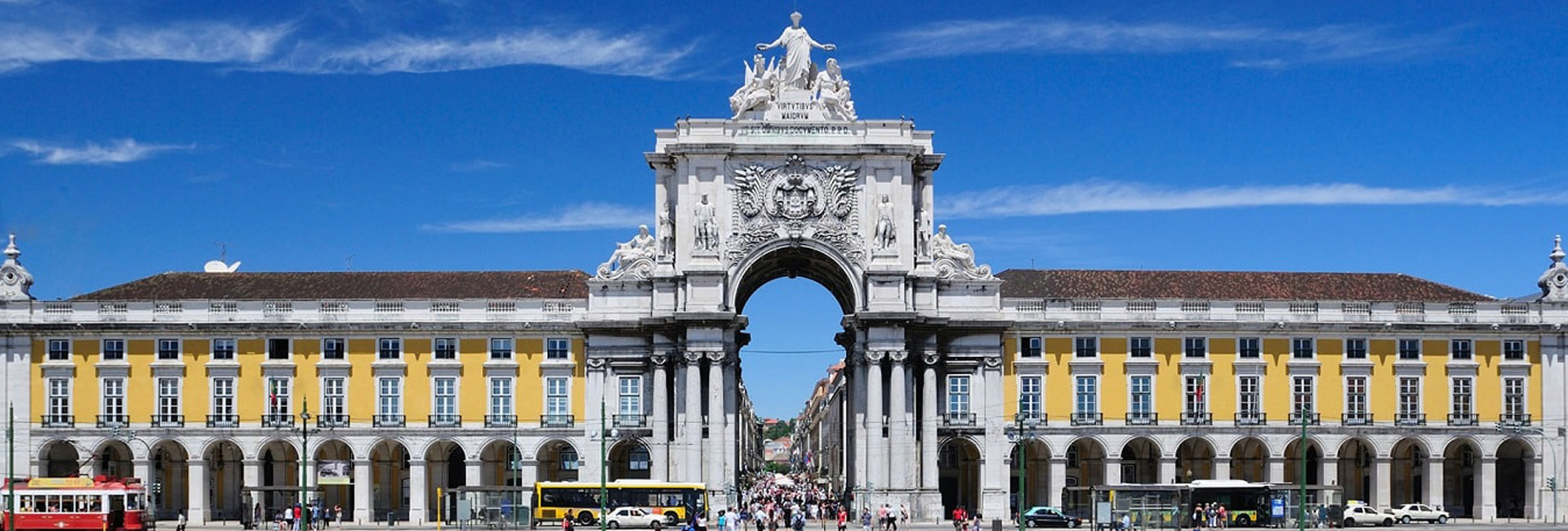Overview
- Capital:
- Lisbon
- Population:
- 10.35 Million
- Currency:
- Euro (EUR)
- Languages:
- Portuguese
- Drives on the:
- Right
- Time zone:
- UTC 0



Any Traveler must have a passport which is valid for at least six months after your entry date, and at least 90 days after your return date. Canadians, European Union and U.S. passport holders do not need a visa to enter Portugal for stays up to 90 days, It is recommanded to check with the Consulate in your country before traveling
Immunizations are not currently required for travel to Portugal. However, you may wish to consult your personal physician regarding any concerns, or for health recommendations.
The weather in Portugal can be described as warm, temperate Mediterranean climate as influenced by its proximity to the Atlantic Ocean and northern Africa. Portugal is also one of the warmest and has the highest rainfalls in Europe. In the northern part of the country, the weather is cool and rainy while in the south, weather is warm and sunnier. The average weather in Porto during summer, from June to mid-September is in the high 23° C. From mid-September to November, the weather is mild and rain becomes more visible. The wettest period is from November to March. During winter, from December to February, the average temperature is in the 50’s while the average temperature during the spring, from March to May is in the 18° C.
Since weather can be unpredictable and to be sure you are comfortable during your trip and prepared for all types of weather possibilities, we suggest that you carry a small folding umbrella or a poncho and take with you a light jacket or sweater. bring at least one pair of comfortable walking shoes, by all means. Finally, remember that comfort and convenience should dictate your wardrobe for the tour, and casual clothes are in order for most every occasion as you travel.
The currency in Portugal is the Euro. Hotels and some stores accept major credit cards. Credit cards are the most convenient way to pay for items you purchase as you travel. Be sure to call your credit card providers to let them know you will be traveling abroad, the places you’ll be visiting and the dates of your trip. This is important for your own protection. Some hotels will be able to exchange your cash for local currency. You may also use the ATM machines to get cash in local currency. Traveler’s checks are no longer widely accepted. If you intend to use traveler’s checks, please verify that they are accepted in the countries visited on this tour.
Shop for wine, olive oil, azulejos (colorful ceramic tiles), earthenware, faience (particularly from Coimbra), leather goods (including shoes), antiques, gold and silver filigree (particularly from Minho Province and Oporto), cataplanas (clamshell-shaped copper pans for cooking shellfish and stews), lace, Madeiran embroidery, cork items, Portuguese guitars, and Arraiolos rugs.
230 volts. Plugs C & F. You will need a voltage converter and plug adapter in order to use U.S. appliances. We recommend getting a universal adapter and converter kit.
Want to take your cell phone, tablet or laptop, but not sure how to get cell service or wifi? Check in google world connections before
Cameras and video recorders are allowed almost everywhere, and in fact, you will want to take plenty of pictures of the magnificent panoramas you’ll encounter as you travel. Photography is generally permitted everywhere except at airports and military installations. Memory cards for digital cameras will also be readily available, especially in major cities.
Famed Portuguese explorer Vasco de Gama was the first person to sail to India by way of the Atlantic Ocean in 1497 - 1499.
Wine tourism is a thing in Portugal! You can experience everything from a cellar tour and tasting to a vinotherapy treatment (consisting of wine products, like grapes) at a wine spa!
Portugal has 16 Cultural and 1 Natural UNESCO World Heritage Sites.
25th April Bridge, which draws striking resemblance to San Francisco’s Golden Gate Bridge, is a two-level suspension bridge over the Tagus River that transports cars on the top level and trains on the lower level.
Today, Coimbra is a beautiful riverside town with buildings rising majestically on its hills, complete with charming cobblestone streets. But during the High Middle Ages, it served as the country’s capital.
Portugal was established in 1143 AD, making it one of the oldest countries in Europe.